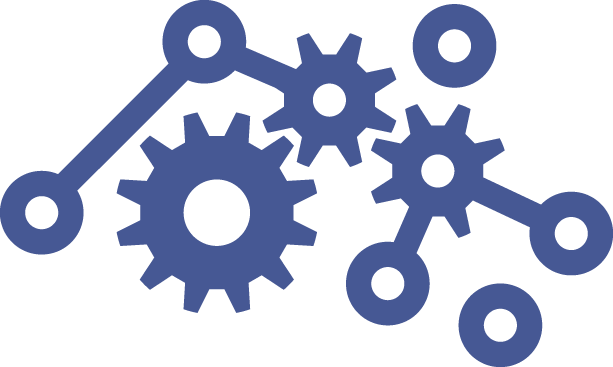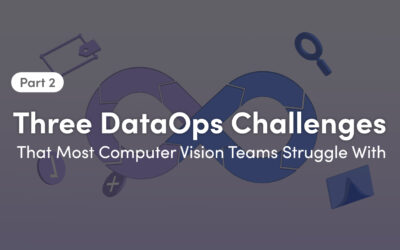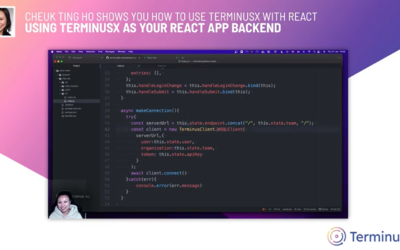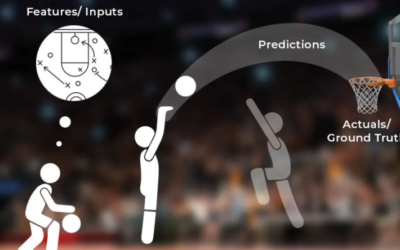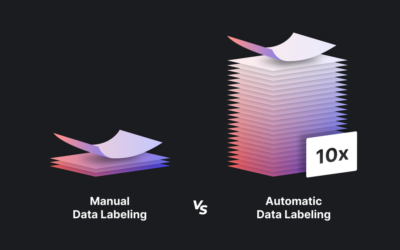ARTICLES

Part 2: Three DataOps Challenges That Most Computer Vision Teams Struggle With
This is a 3 part series. To view Part 1 click here. Introduction Implementing state-of-the-art architectures, tuning model hyperparameters, and optimizing loss functions are the fun parts of machine learning. Sexy as it may seem, behind each model that gets deployed...
How to build a React backend with TerminusX
In this video tutorial, Cheuk shows you how to build a React backend for a simple content management system. The full tutorial with accompanying files can be found at: Why React? React is a very popular JavaScript library for building user interfaces. In the 2021...
Synthetic Data with Gumbel-Softmax Activations
Photo by v2osk on Unsplash In classification a central problem is how to effectively learn from discrete data formats (categorical or ordinal features). Most datasets present us with this problem so I guess it is fair to say that almost all data scientists have...
Concept Drift Deep Dive: How to Build a Drift-Aware ML System
In a world of turbulent, unpredictable change, we humans are always learning to cope with the unexpected. Hopefully, your machine learning business applications do this every moment, by adapting to fresh data. In a previous post, we discussed the impact of...
Part 1: An Overview of DataOps For Computer Vision
Computer vision applications, in specific, and machine learning applications, in general, rely heavily on data to train the models. In production systems, input data is fed into the model to make inferences. These production systems then use the inference outputs as...
When I Drift, You Drift, We Drift
In the latest edition of “The Slice,” a blog series from Arize that explains the essence of ML concepts in a digestible question-and-answer format, we dive into different types of drift – including concept drift vs data drift. When data science and engineering teams...
Explain This – Beyond Lime and SHAP: the Fastest Approach to AI Explainability
Learn how a novel approach to explainability based on adversarial machine learning can be used to explain the predictions of deep neural networks, powered by a single GPU Tesla V 100-SXM2 to produce better results faster than LIME and SHAP. This talk covers our...
A Primer on Data Labeling Approaches To Building Real-World Machine Learning Applications
Introduction In computer vision and machine learning operations, data labeling is an essential part of the overall workflow. For reference, data labeling is the process by which raw images, video, or audio files are identified and annotated individually for machine...
Getting Started with TerminusDB using the Python Client
Our Developer Relationship Associate, Cheuk Ting Ho, recently put together this six-part tutorial to demonstrate how to get started with TerminusDB and TerminusX using the Python client. The six videos detail everything you need to know about working with TerminusDB...
Handling Large Datasets in Data Preparation & ML Training Using MLOps
Operationalizing ML remains the biggest challenge in bringing AI into business environments Data science has become an important capability for enterprises looking to solve complex, real-world problems, and generate operational models that deliver business value...
Connect with Us
Follow US
